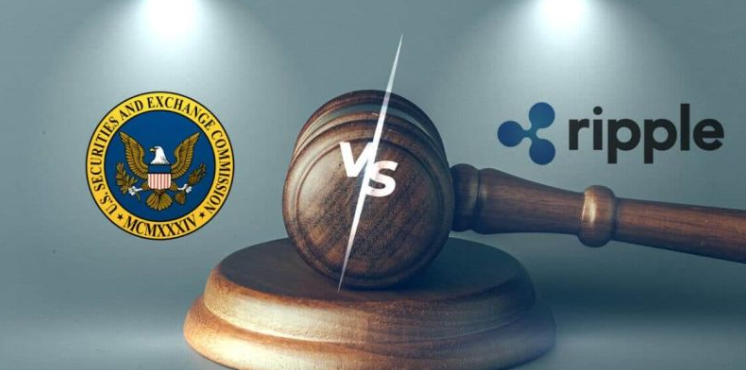The Ethereum blockchains Merge has begun and will most likely take effect between September 13th and 16th. The Bellatrix upgrade, the networks final hard fork before the Merge, went live this past Tuesday, ushering in Ethereums long-awaited transition from PoW (Proof-of-Work) to PoS (Proof-of-Stake).
Important details
Essentially, the Bellatrix upgrade is responsible for preparing Ethereums PoS Beacon Chain, also known as its Consensus layer, to be ready for a Merge with Ethereums mainnet Execution layer.
As such, the Merges TTD (Terminal Total Difficulty) value has been set at 58,750,000,000,000,000,000,000. This figure, which represents the total difficulty of all mined Ethereum blocks, is expected to be reached between September 13th and 16th. At the moment, predictions currently indicate that it will occur around September 15th.
When the TTD number is attained, the networks Execution layer will be merged with the new PoS Consensus layer, enabling the chain to proceed with a new system for granting and validating transaction blocks.
Falling behind?
It should be noted that Ethereum has been falling behind other PoW cryptocurrencies prior to the Merge. Hive Blockchain, a crypto mining company, has been working to substitute ETH mining with other coins in the event that Ethereum switches to PoS.
Hive had therefore begun beta-testing various GPU-mineable coins in anticipation of the upcoming Merge. Hives technical division is also working to implement a strategy to maximize its Ethereum mining capacity of 6.5 terahashes per second. Additionally, another major miner named Hut 8 Mining shall reportedly explore ventures outside of crypto in the meantime.
At any rate, the pressure is certainly on Ethereum due to the fact that staking pools could be the next new breed of validation and community effort as ETH mining pools recede into obscurity. However, it should be mentioned that many former Ether miners do have alternative options even if mining ETH is no longer feasible. Decentralization is also generally viewed as a significant advantage for PoW coins and many members of the community see the advantage of PoW based on this approach. Experts with technical know-how regarding the aforementioned GPU-mineable coins will thus undoubtedly be looking at other viable options as crypto mining remains a cornerstone of the entire industry.
What will the Merge accomplish?
As per the Ethereum Foundation, a non-profit organization that funds Ethereum ecosystem development, the Merge shall reduce the network's energy consumption by over 99% and pave the way for future improvements to its core infrastructure.
The difficulty level on Ethereums PoW network shall hence increase to the point where mining new blocks would be impossible at the time of the Merge. The Merge itself has been in the works for a long time, as the Beacon Chain was originally introduced back in December 2020. Ethereum switched its Goerli testnet from PoW to PoS last month, thereby signifying the third and final preparatory stage for a mainnet Merge.
With the completion of the Merge, Ethereums energy-intensive PoW chapter will come to an end. The next steps on Ethereums roadmap include reducing fees and increasing transaction speeds through sharding and rollups, something which the Ethereum community has been requesting for the longest time since Ether is known to have ridiculously high gas fees. At any rate, the entire world waits with bated breath as the Merge finally approaches. Institutional and retail investors are also keeping a close eye on Cardanos upcoming Vasil hard fork, which is scheduled for only a week after the Merge on September 22nd.












